Understanding Sump Pump Installation
What is Sump Pump Installation?
Sump pump installation refers to the process of setting up a sump pump system in a designated pit within your basement or crawl space. A sump pump is designed to remove accumulated water, preventing flooding and water damage within your home. Typically, it operates automatically, engaging when water levels rise to a certain height, ensuring that your basement remains dry and secure.
Benefits of Sump Pump Installation
When considering sump pump installation, the benefits are manifold. Firstly, it significantly reduces water damage risks, preserving your home’s structural integrity. Secondly, it helps prevent mold and mildew formation, which can pose health risks. Thirdly, a sump pump can enhance your property’s value, making it more appealing to potential buyers who prioritize a dry basement. Ultimately, investing in a sump pump can save you considerable repair costs in the long run.
Common Misconceptions About Sump Pump Installation
There are several myths surrounding sump pump installation. One common misconception is that sump pumps are only necessary in flood-prone areas. However, even homes in low-risk zones can benefit from these systems due to seasonal rains or plumbing failures. Another myth is that sump pumps require constant maintenance. While regular checks are advisable, modern pumps are designed to be reliable and require minimal upkeep.
Choosing the Right Sump Pump
Types of Sump Pumps for Effective Installation
When selecting a sump pump, it’s essential to understand the main types available:
- Submersible Sump Pumps: These pumps are housed in a waterproof case and sit in the sump pit. They are generally more powerful and do not occupy space above the basement floor.
- Pedestal Sump Pumps: These pumps have a motor mounted above the basement floor, connected to the sump pit by a pipe. They tend to be easier to service and maintain but can be less powerful than submersible models.
- Battery Backup Sump Pumps: These provide an additional layer of security, ensuring power outages do not compromise their function.
Factors to Consider Before Sump Pump Installation
Before proceeding with sump pump installation, consider the following factors:
- Water Table Levels: Understand the ground and water table elevation in your area to choose a suitable pump.
- Discharge Requirements: Assess where the water will be discharged to ensure effective drainage.
- Basement Layout: The configuration of your basement may influence the type and placement of the pump.
Cost Considerations for Sump Pump Installation
The cost of sump pump installation can vary widely based on several factors:
- Type of Pump: Submersible pumps tend to be more expensive than pedestal pumps.
- Installation Complexity: A straightforward installation will be more cost-effective than one requiring extensive plumbing or electrical work.
- Geographical Location: Costs can fluctuate depending on local labor rates and materials.
Preparing for Sump Pump Installation
Site Assessment for Sump Pump Installation
Before beginning the installation, conduct a thorough site assessment. Check for signs of water damage or seepage, and identify the best location for the sump pit. Ideally, the pit should be located in the lowest part of your basement or crawl space and away from walls. Assessing these factors will help determine the most effective spot for the pump.
Required Tools and Materials for Sump Pump Installation
Essential tools and materials for sump pump installation include:
- Sump pump kit with pit
- Shovel for digging the sump pit
- Pvc piping for discharge
- Drill and bits
- Level to ensure proper installation
Permits and Regulations for Sump Pump Installation
Before commencing any work, check local building codes and whether permits are necessary. Some regions might have specific regulations regarding sump pump installations to ensure they meet safety standards and do not adversely affect neighboring properties.
Step-by-Step Process of Sump Pump Installation
Setting Up the Sump Pit
Begin installation by establishing the sump pit. This involves:
- Choosing the ideal location based on your earlier assessments.
- Digging a pit that is approximately 2 feet deep and 18 inches wide.
- Ensuring that the pit is cylindrical for optimal water flow.
Installing the Sump Pump
Follow these steps to install the sump pump:
- Position the sump pump in the pit, ensuring it fits snugly and is upright.
- Connect the drain line to the pump, ensuring that it leads to the correct discharge location.
- Seal any gaps around the pit using concrete or gravel to prevent water from seeping in.
Testing and Maintaining Your Sump Pump Installation
After installation, test the pump to ensure it functions correctly:
- Fill the sump pit with water and observe if the pump activates.
- Check for any leaks in the discharge line.
- Regularly clean the pump and pit to minimize debris buildup.
Maximizing Efficiency After Sump Pump Installation
Indicators of a Successful Sump Pump Installation
A successful installation is indicated by:
- Seamless operation during heavy rain or wet seasons.
- No persistent water accumulation around the sump pit.
- Consistent and reliable pump activation when water levels rise.
Common Issues Post Sump Pump Installation
Even after proper installation, several common issues may arise:
- Clogs: Pump clogs can lead to operational failure. Regular inspection and maintenance of the pump and discharge line will prevent this issue.
- Power Outages: As sump pumps rely on electricity, consider a backup battery system to ensure continuous operation during outages.
Long-term Maintenance Tips for Sump Pump Installation
For long-term functionality, adhere to these maintenance tips:
- Regularly inspect the sump pump for any signs of wear or damage.
- Clean the sump pit and pump to eliminate debris and sediment.
- Test the pump at least once every few months to ensure it operates smoothly.
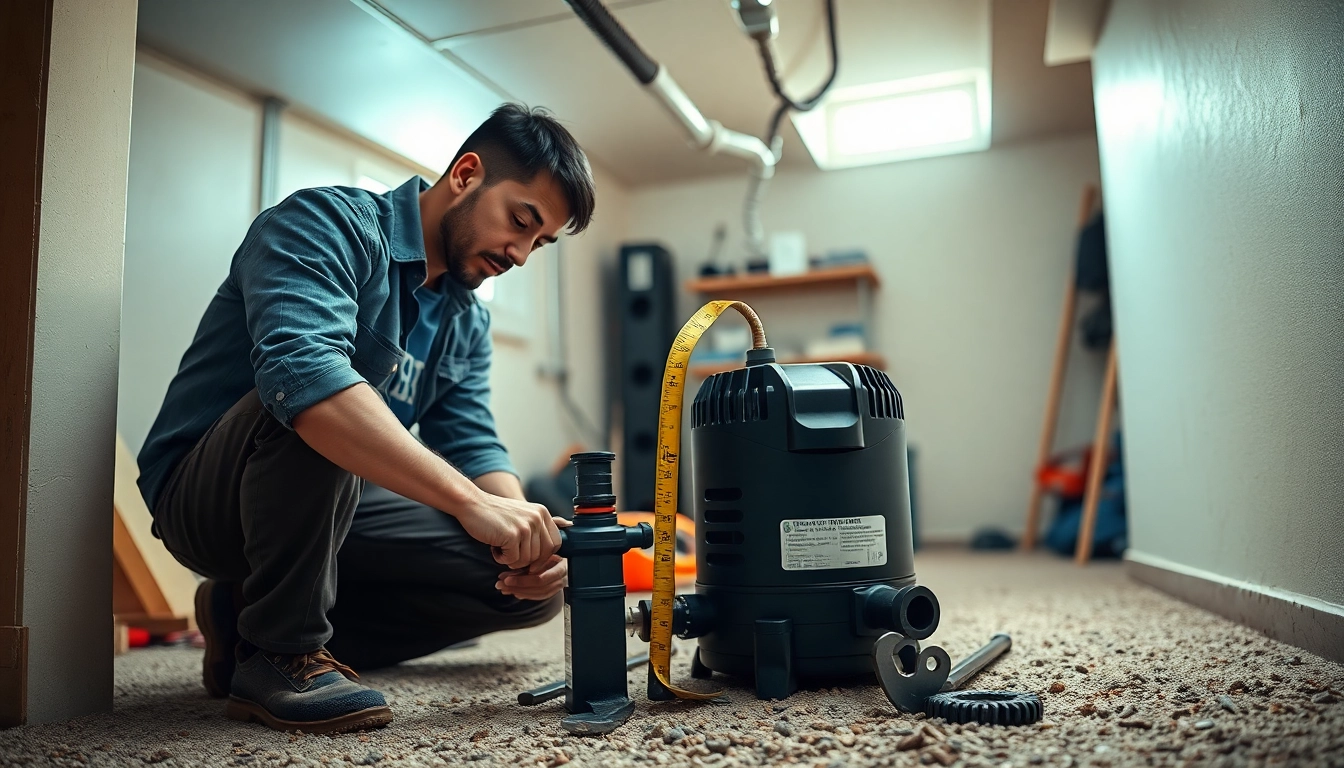

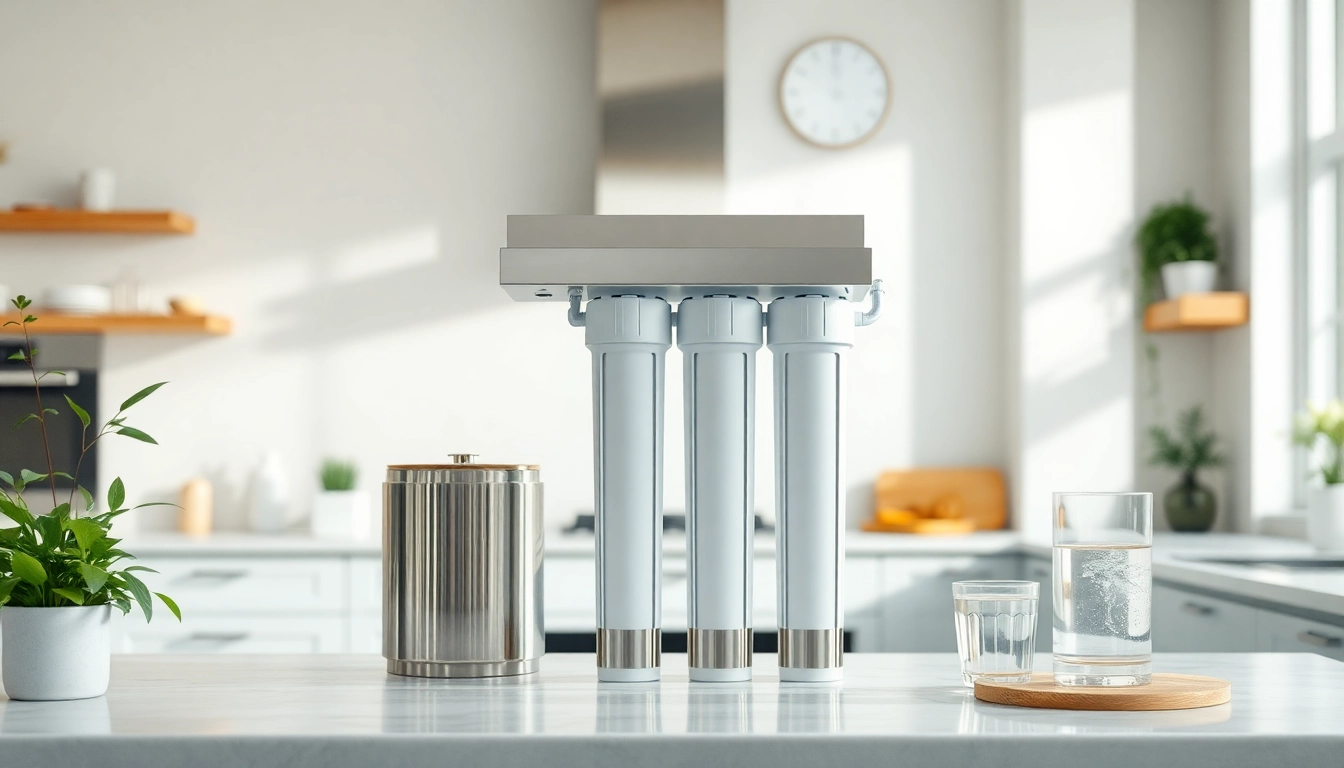
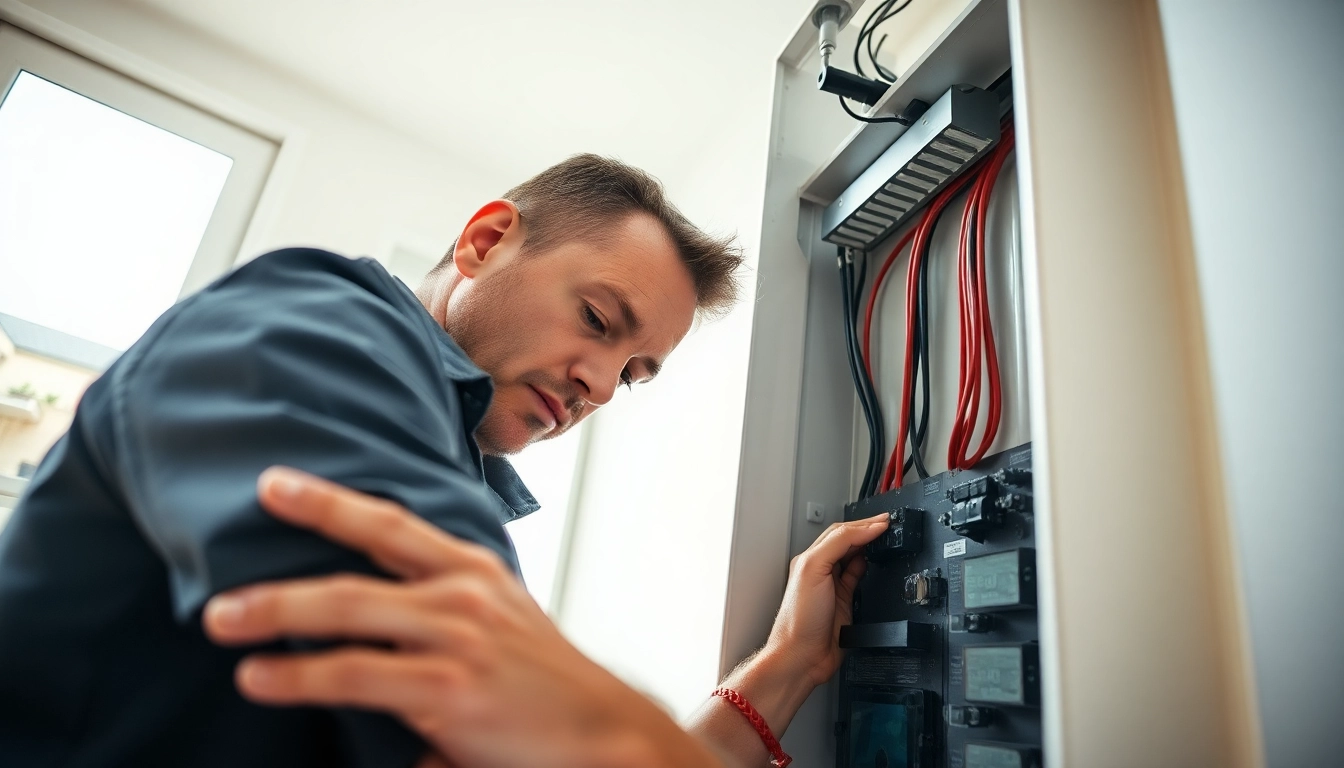

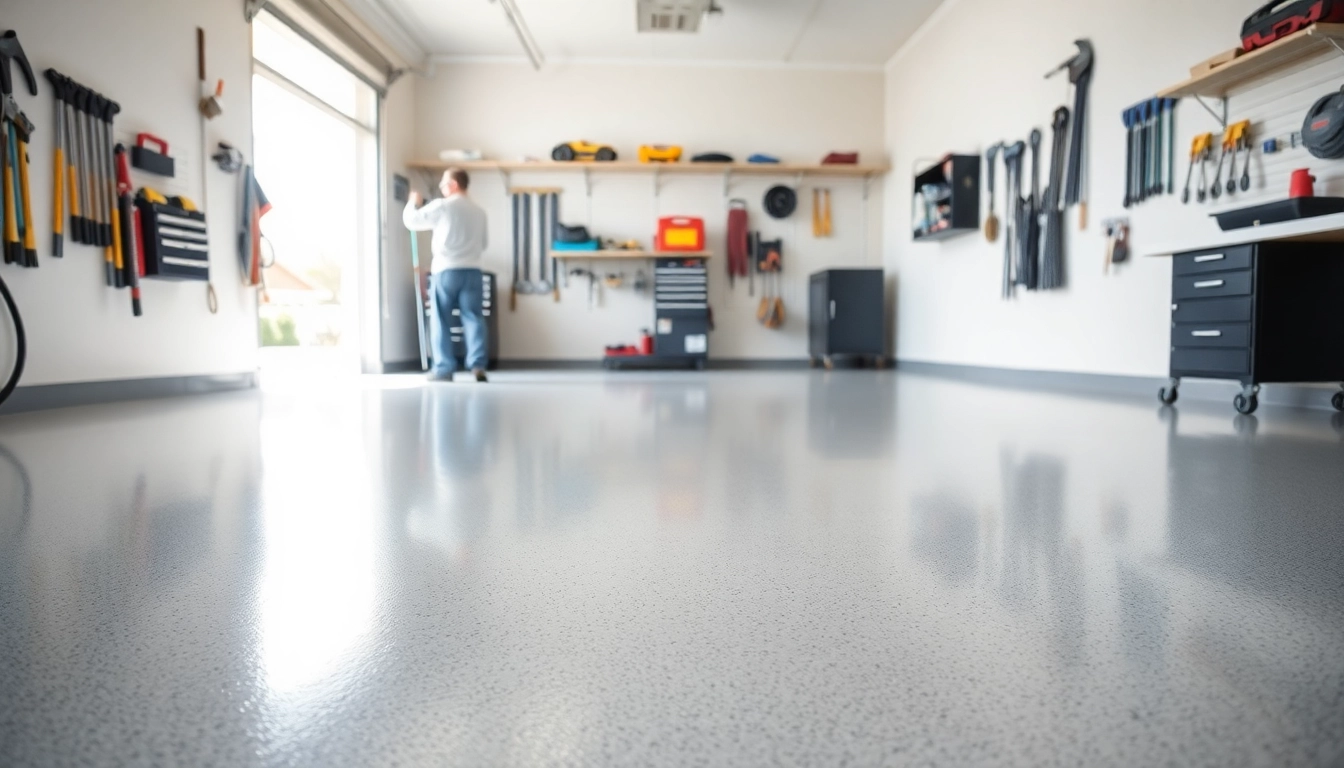

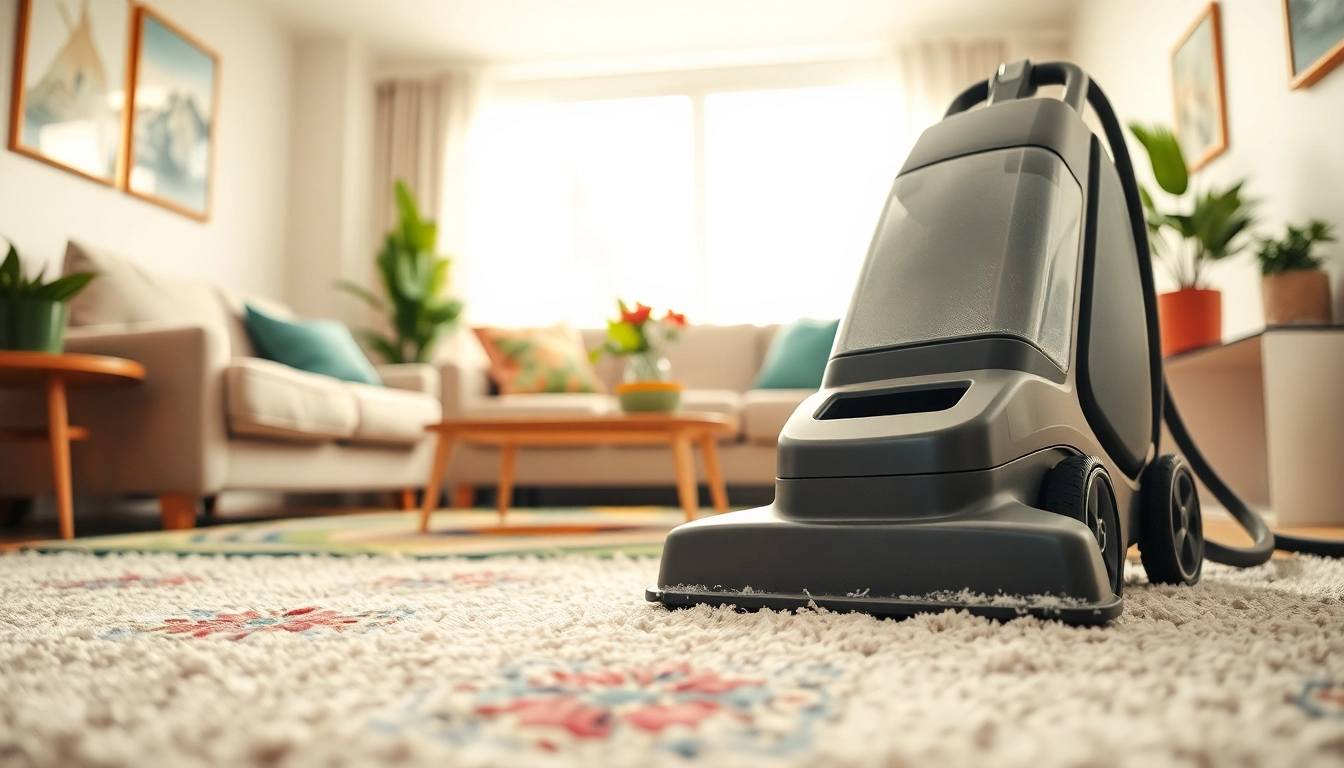

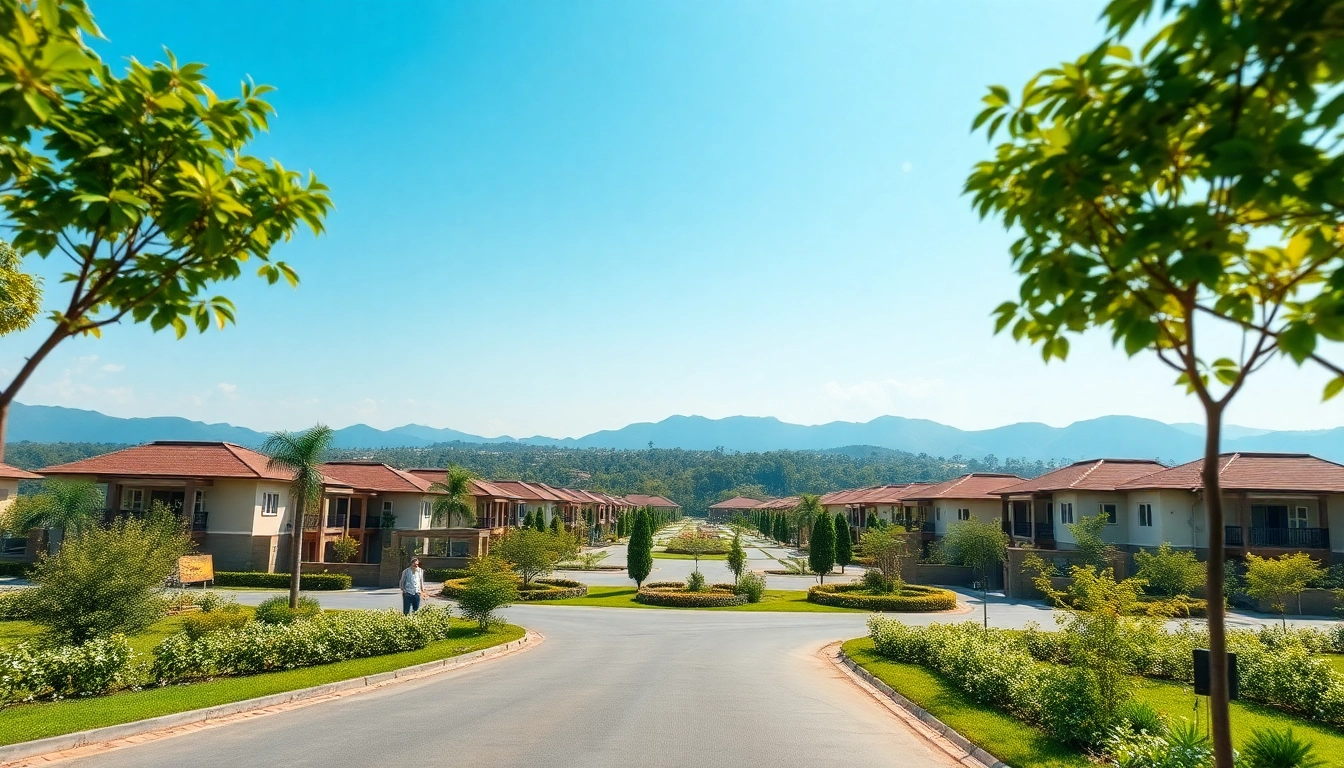


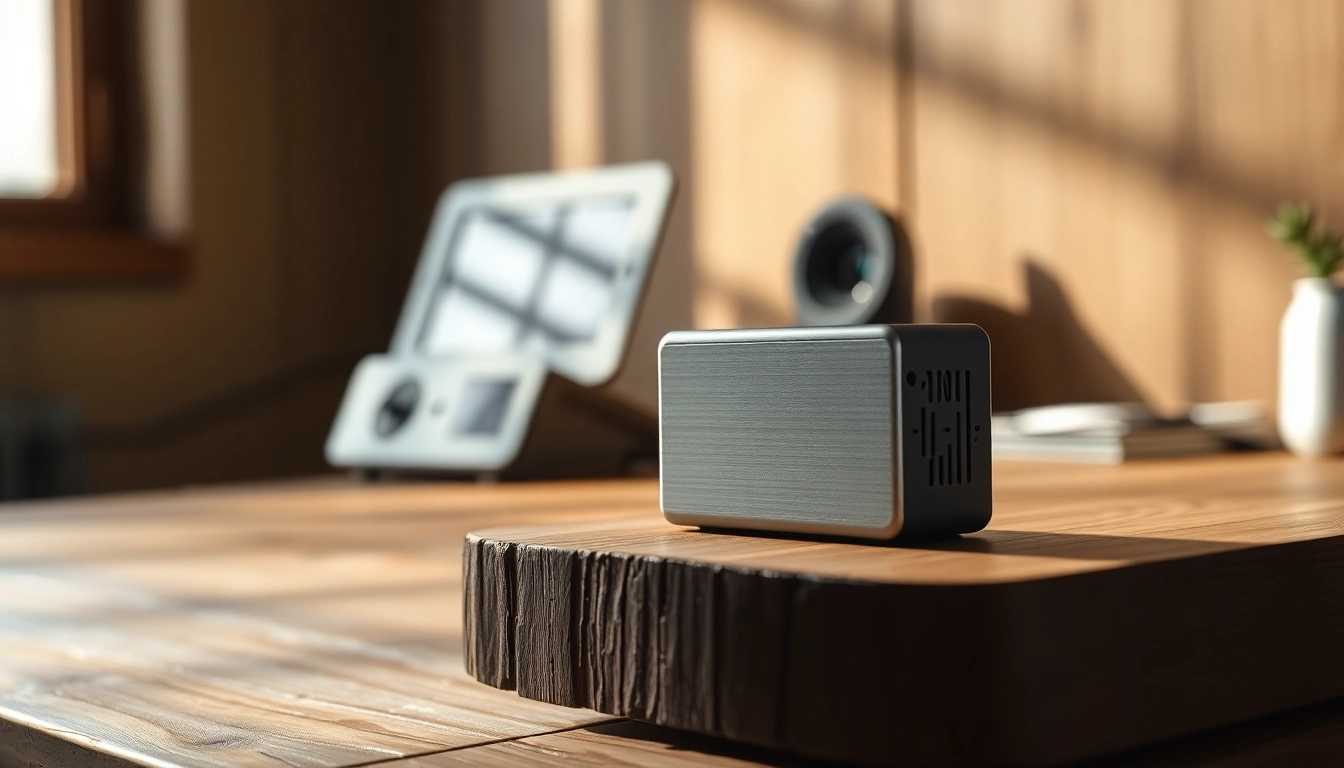


Leave a Reply